Home>Gardening & Outdoor>Landscaping Ideas>How To Get Rid Of Thick Clumps Of Grass
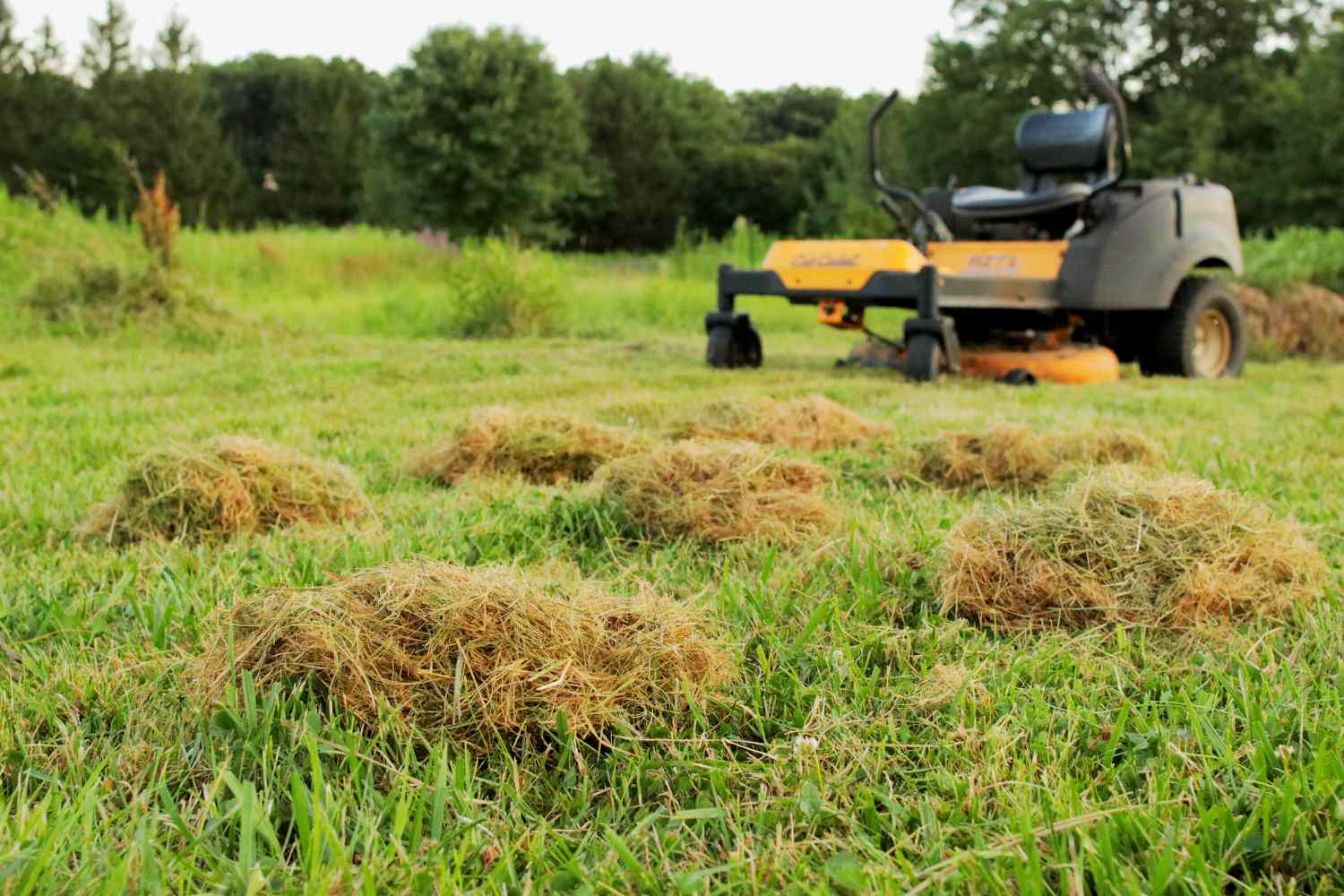

Landscaping Ideas
How To Get Rid Of Thick Clumps Of Grass
Published: January 27, 2024
Learn effective landscaping ideas to eliminate thick clumps of grass and achieve a pristine lawn. Get expert tips and techniques for a lush and healthy yard.
(Many of the links in this article redirect to a specific reviewed product. Your purchase of these products through affiliate links helps to generate commission for Storables.com, at no extra cost. Learn more)
Introduction
Dealing with thick clumps of grass in your lawn can be a frustrating and challenging task for any homeowner or landscaper. These unsightly patches not only detract from the overall appearance of your yard but also hinder the healthy growth of your grass. Whether caused by poor mowing practices, compacted soil, or an accumulation of thatch, these dense clusters of grass can quickly take over your lawn if left unaddressed.
In this comprehensive guide, we will delve into the underlying causes of thick clumps of grass and provide you with a step-by-step approach to effectively removing them. Additionally, we will equip you with valuable tips to prevent the recurrence of these stubborn grass clumps, ensuring the long-term health and beauty of your lawn.
By understanding the root causes of this issue and employing the right tools and techniques, you can transform your lawn into a lush, uniform carpet of greenery. So, roll up your sleeves and get ready to bid farewell to those pesky thick clumps of grass, reclaiming the beauty and vitality of your outdoor space.
Key Takeaways:
- Say goodbye to thick clumps of grass by mowing regularly, dethatching, aerating, and using balanced fertilization. Prevent future clumps with proper mowing techniques, thatch management, and proactive weed control.
- Equip yourself with the right tools and follow a step-by-step guide to remove thick grass clumps. Maintain a healthy lawn by integrating regular mowing, aeration, and balanced fertilization into your routine.
Read more: How To Get Rid Of Crabgrass
Understanding the Causes of Thick Clumps of Grass
Thick clumps of grass can mar the appearance of a lawn, creating an uneven and unkempt look. Understanding the underlying causes of these dense patches is crucial to effectively addressing and preventing their recurrence. Several factors contribute to the formation of thick clumps of grass, and identifying these root causes is the first step toward restoring the health and aesthetic appeal of your lawn.
-
Poor Mowing Practices: Improper mowing techniques can lead to the development of thick clumps of grass. When grass is cut too infrequently or at excessively high mowing heights, it can result in uneven growth and the accumulation of dense grass clumps. Additionally, using a dull mower blade can tear the grass instead of cleanly cutting it, further exacerbating the problem.
-
Thatch Buildup: Thatch, a layer of dead grass, roots, and other organic matter that accumulates between the soil and the actively growing grass, can contribute to the formation of thick clumps. When thatch becomes excessively thick, it impedes the penetration of water, air, and nutrients into the soil, leading to uneven grass growth and the development of dense patches.
-
Compacted Soil: Soil compaction restricts the movement of air, water, and nutrients within the soil, hindering the healthy development of grass roots. As a result, grass in compacted areas may struggle to grow evenly, leading to the formation of thick clumps.
-
Inadequate Aeration: Without proper aeration, the soil becomes compacted, impeding the circulation of air and the absorption of essential nutrients by the grass roots. This can contribute to the development of dense grass clumps in affected areas of the lawn.
-
Overfertilization: Excessive or uneven application of fertilizer can lead to rapid and uneven grass growth, resulting in the formation of thick clumps. When grass receives an abundance of nutrients in specific areas, it may grow excessively, leading to the formation of dense patches.
By recognizing these underlying causes, you can take targeted measures to address the specific issues contributing to the formation of thick clumps of grass in your lawn. Armed with this understanding, you can implement effective strategies to restore the health and uniformity of your grass, ensuring a vibrant and visually appealing lawn for years to come.
Tools and Equipment Needed for Removing Thick Clumps of Grass
When it comes to tackling thick clumps of grass in your lawn, having the right tools and equipment at your disposal is essential for achieving effective and efficient results. From specialized implements to protective gear, the following items are indispensable for successfully removing dense grass clumps and restoring the health and beauty of your lawn.
1. Lawn Mower with Bag Attachment
A high-quality lawn mower equipped with a bag attachment is a fundamental tool for addressing thick clumps of grass. Opt for a mower with adjustable cutting heights to ensure precise trimming and a bag attachment to collect the cut grass, preventing the formation of new clumps during the removal process.
2. Dethatching Rake or Power Dethatcher
A dethatching rake or power dethatcher is instrumental in removing accumulated thatch from your lawn. These tools effectively loosen and lift the layer of dead grass and debris, allowing for its subsequent removal. For larger areas, a power dethatcher can expedite the dethatching process, saving time and effort.
Read more: How To Get Rid Of Grasshoppers
3. Garden Fork or Aerator
To address soil compaction and promote healthy grass growth, a garden fork or aerator is indispensable. These tools facilitate the aeration of the soil, enhancing its ability to absorb water, air, and nutrients. By aerating the affected areas, you can mitigate the conditions that contribute to the formation of thick grass clumps.
4. Lawn Spreader
For even and controlled application of fertilizer, a lawn spreader is essential. Opt for a broadcast or drop spreader, depending on the size and layout of your lawn, to ensure uniform coverage and prevent overfertilization, which can lead to the development of dense grass clumps.
5. Protective Gear
When working on lawn maintenance tasks, it's crucial to prioritize safety. Protective gear such as gloves, safety goggles, and sturdy footwear can safeguard you from potential hazards, including debris and sharp objects, ensuring a secure and comfortable working environment.
By equipping yourself with these essential tools and equipment, you can confidently embark on the process of removing thick clumps of grass from your lawn. With the right implements at your disposal, you'll be well-prepared to address the underlying causes of dense grass patches and restore the lush, uniform appearance of your outdoor space.
Step-by-Step Guide to Getting Rid of Thick Clumps of Grass
-
Assess the Lawn: Begin by carefully inspecting the affected areas of your lawn to identify the extent of the thick grass clumps and assess any underlying issues such as thatch buildup or soil compaction. This initial evaluation will guide your approach and help determine the specific interventions needed to address the problem effectively.
-
Mow the Lawn: Set your lawn mower to a suitable cutting height and mow the entire lawn, ensuring that the grass clumps are trimmed to an even height. Use a mower with a bag attachment to collect the cut grass, preventing the formation of new clumps and facilitating the removal of existing ones.
-
Dethatch the Lawn: If thatch buildup is contributing to the formation of thick clumps, utilize a dethatching rake or power dethatcher to loosen and lift the accumulated organic matter. Work methodically across the affected areas, ensuring thorough dethatching to promote healthy grass growth and eliminate the conditions conducive to clump formation.
-
Aerate the Soil: Address soil compaction by using a garden fork or aerator to perforate the ground, allowing for improved air, water, and nutrient circulation. Focus on the areas with dense grass clumps, ensuring that the soil receives the essential elements necessary for healthy grass growth and uniformity.
-
Apply Fertilizer: Utilize a lawn spreader to apply a balanced fertilizer to the entire lawn, ensuring even coverage and promoting healthy grass growth. Exercise caution to avoid overfertilization, which can lead to rapid and uneven grass growth, contributing to the formation of new thick clumps.
-
Monitor and Water: Keep a close eye on the treated areas, monitoring the grass growth and overall lawn health. Water the lawn as needed, ensuring that the soil remains adequately moist to support the recovery and uniform growth of the grass.
-
Regular Maintenance: Implement a consistent lawn maintenance routine, including proper mowing, regular dethatching, and aeration as needed, to prevent the recurrence of thick clumps of grass. By maintaining healthy lawn care practices, you can sustain the uniformity and vibrancy of your grass, minimizing the likelihood of dense patches reemerging.
By following this step-by-step guide, you can effectively address and eliminate thick clumps of grass, restoring the beauty and health of your lawn. With a proactive and targeted approach, you can enjoy a lush, uniform carpet of greenery, enhancing the overall appeal of your outdoor space.
Read more: How To Get Rid Of Monkey Grass
Tips for Preventing Thick Clumps of Grass in the Future
Preventing the recurrence of thick clumps of grass is essential for maintaining a healthy and visually appealing lawn. By implementing proactive measures and adhering to sound lawn care practices, you can effectively deter the formation of dense grass patches, ensuring the long-term vitality of your outdoor space.
-
Regular Mowing: Adopt a consistent mowing schedule, ensuring that you do not remove more than one-third of the grass blade length in a single mowing session. This practice promotes even grass growth and minimizes the likelihood of clump formation.
-
Proper Mowing Technique: Use a sharp mower blade to achieve clean cuts, preventing grass tearing and the subsequent development of dense clumps. Additionally, vary the mowing direction with each session to promote uniform grass growth and discourage the accumulation of thick patches.
-
Thatch Management: Regularly monitor and address thatch buildup through dethatching as needed. By keeping the thatch layer in check, you can prevent the impediment of essential nutrients and water, mitigating the conditions conducive to clump formation.
-
Aeration: Implement periodic aeration to alleviate soil compaction and facilitate the circulation of air, water, and nutrients within the soil. This practice promotes healthy grass growth and minimizes the likelihood of dense patches emerging in your lawn.
-
Balanced Fertilization: Apply fertilizer evenly and judiciously, following recommended guidelines for the type and frequency of application. Avoid overfertilization, as excessive nutrients can lead to rapid and uneven grass growth, contributing to the formation of thick clumps.
-
Proactive Weed Control: Address weeds promptly to prevent them from competing with the grass for essential resources. By minimizing weed encroachment, you can maintain the uniformity and health of your grass, reducing the likelihood of dense patches developing.
-
Proper Watering: Water the lawn deeply and infrequently, promoting deep root growth and overall grass health. Avoid frequent, shallow watering, as this can encourage shallow root systems and uneven grass growth, potentially leading to the formation of thick clumps.
-
Routine Maintenance: Establish a consistent lawn maintenance routine, encompassing tasks such as dethatching, aeration, and fertilization as needed. By staying proactive in your lawn care efforts, you can prevent the conditions that foster the development of dense grass clumps.
By integrating these preventative measures into your lawn care regimen, you can effectively deter the formation of thick clumps of grass, maintaining a vibrant and uniform lawn. With a proactive and attentive approach, you can enjoy a lush and visually appealing outdoor space, free from the unsightly presence of dense grass patches.
Conclusion
In conclusion, addressing and preventing the formation of thick clumps of grass in your lawn is essential for maintaining its health, beauty, and uniformity. By understanding the underlying causes of this issue, including poor mowing practices, thatch buildup, soil compaction, and overfertilization, you can implement targeted strategies to restore the vitality of your grass and prevent the recurrence of dense patches.
Equipped with the right tools and equipment, such as a quality lawn mower with a bag attachment, dethatching rake or power dethatcher, garden fork or aerator, lawn spreader, and protective gear, you can effectively remove thick clumps of grass and address the contributing factors. By following a systematic approach that includes mowing, dethatching, aerating, fertilizing, and regular maintenance, you can transform your lawn into a lush and uniform carpet of greenery.
Furthermore, adopting preventative measures, such as regular mowing, proper mowing techniques, thatch management, aeration, balanced fertilization, proactive weed control, proper watering, and routine maintenance, is crucial for deterring the formation of dense grass clumps in the future. By integrating these practices into your lawn care regimen, you can sustain the health and visual appeal of your outdoor space, minimizing the likelihood of unsightly patches detracting from its overall beauty.
Ultimately, by taking a proactive and targeted approach to lawn care, you can enjoy a vibrant and visually appealing lawn, free from the persistent presence of thick clumps of grass. With a commitment to understanding the needs of your grass, implementing effective maintenance practices, and remaining attentive to potential issues, you can create an inviting outdoor environment that enhances the overall aesthetic and enjoyment of your property.
Incorporating these strategies and best practices into your lawn care routine will not only address the immediate challenge of thick clumps of grass but also contribute to the long-term health and vitality of your lawn. By nurturing your grass with care and attention, you can create a welcoming and picturesque outdoor space that serves as a source of pride and enjoyment for years to come.
Frequently Asked Questions about How To Get Rid Of Thick Clumps Of Grass
Was this page helpful?
At Storables.com, we guarantee accurate and reliable information. Our content, validated by Expert Board Contributors, is crafted following stringent Editorial Policies. We're committed to providing you with well-researched, expert-backed insights for all your informational needs.







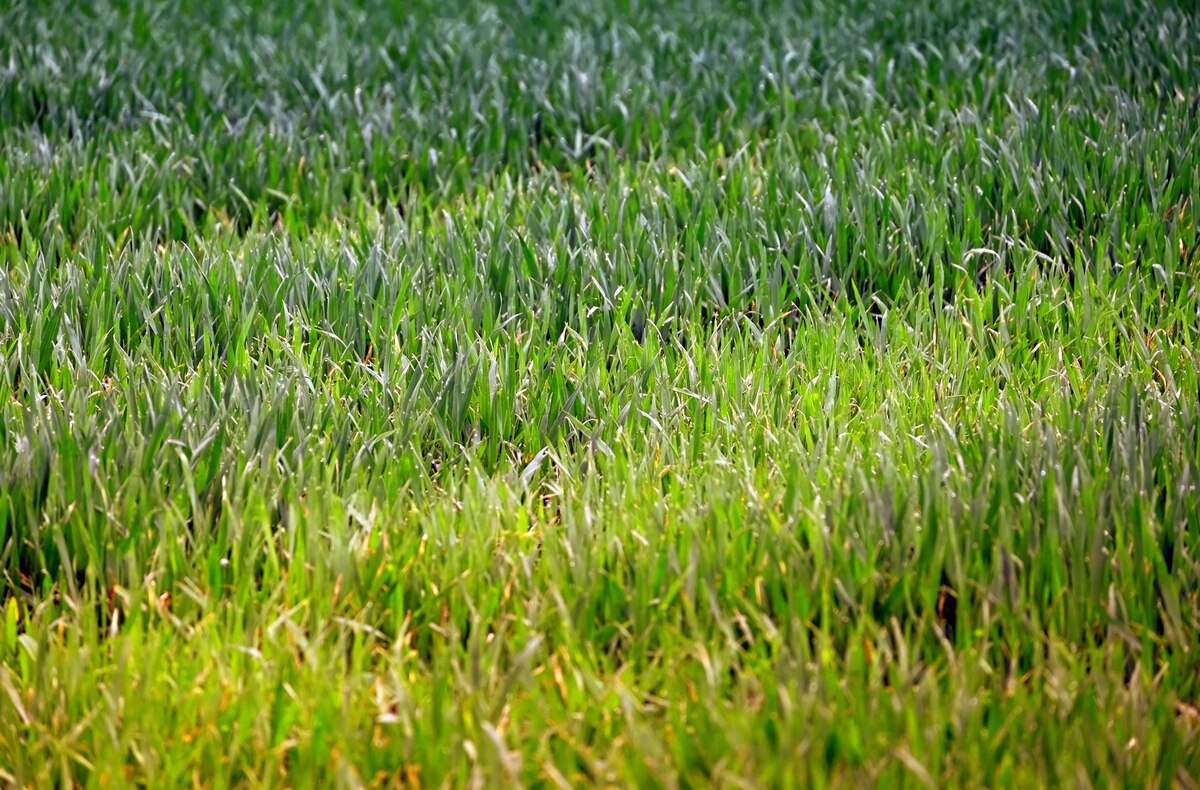
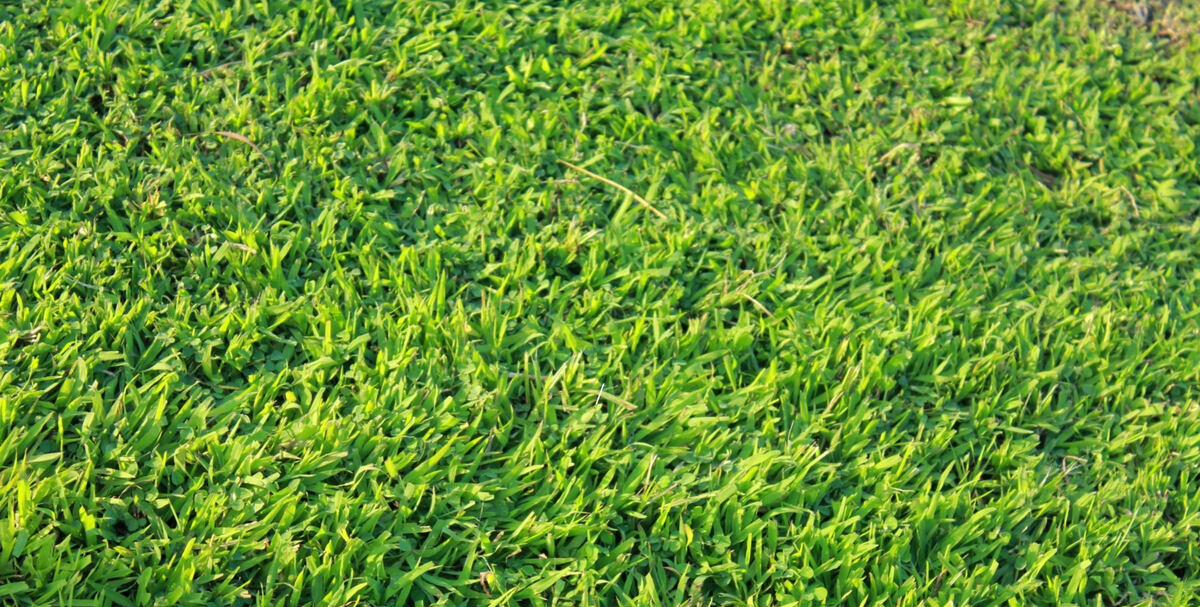
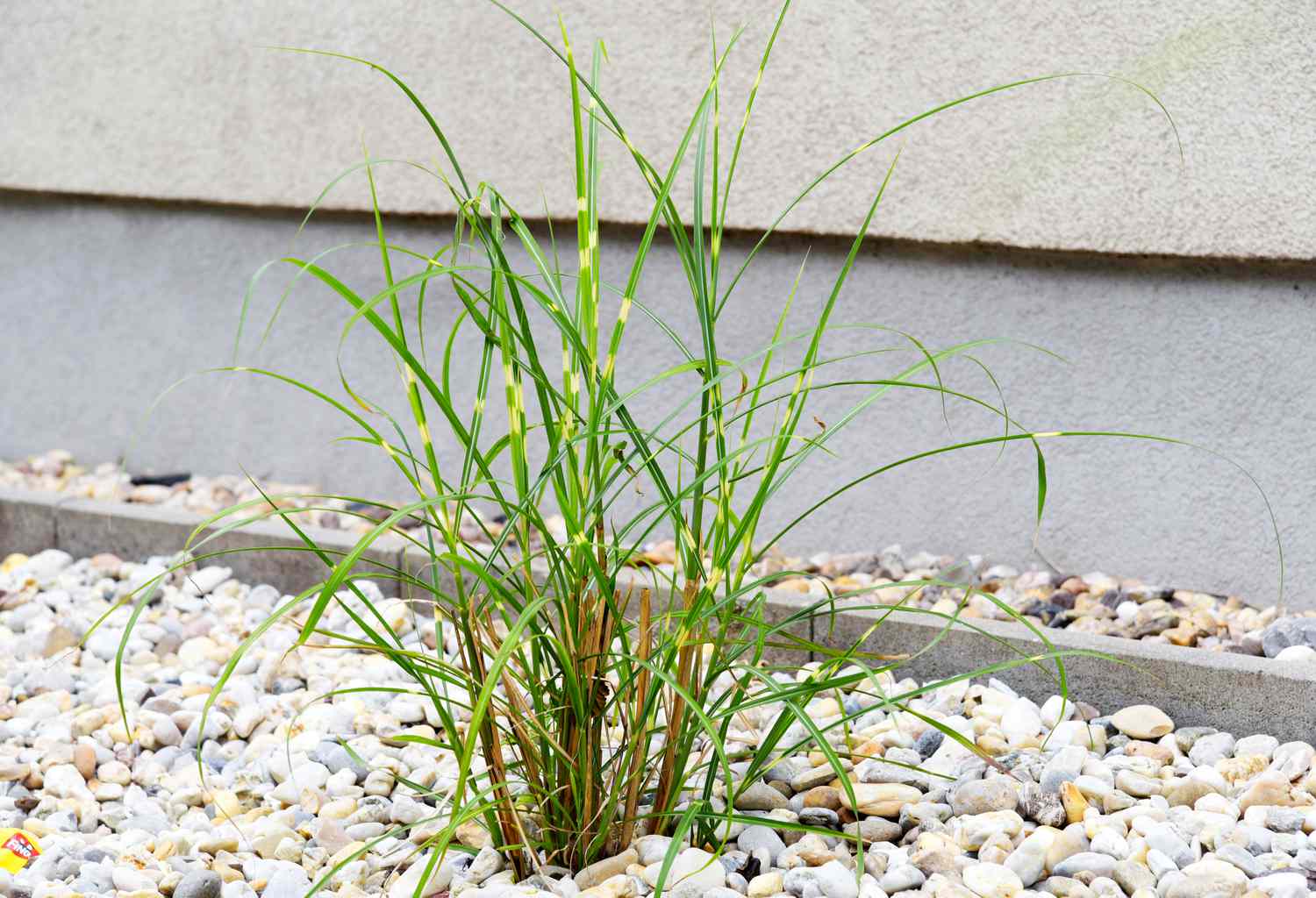
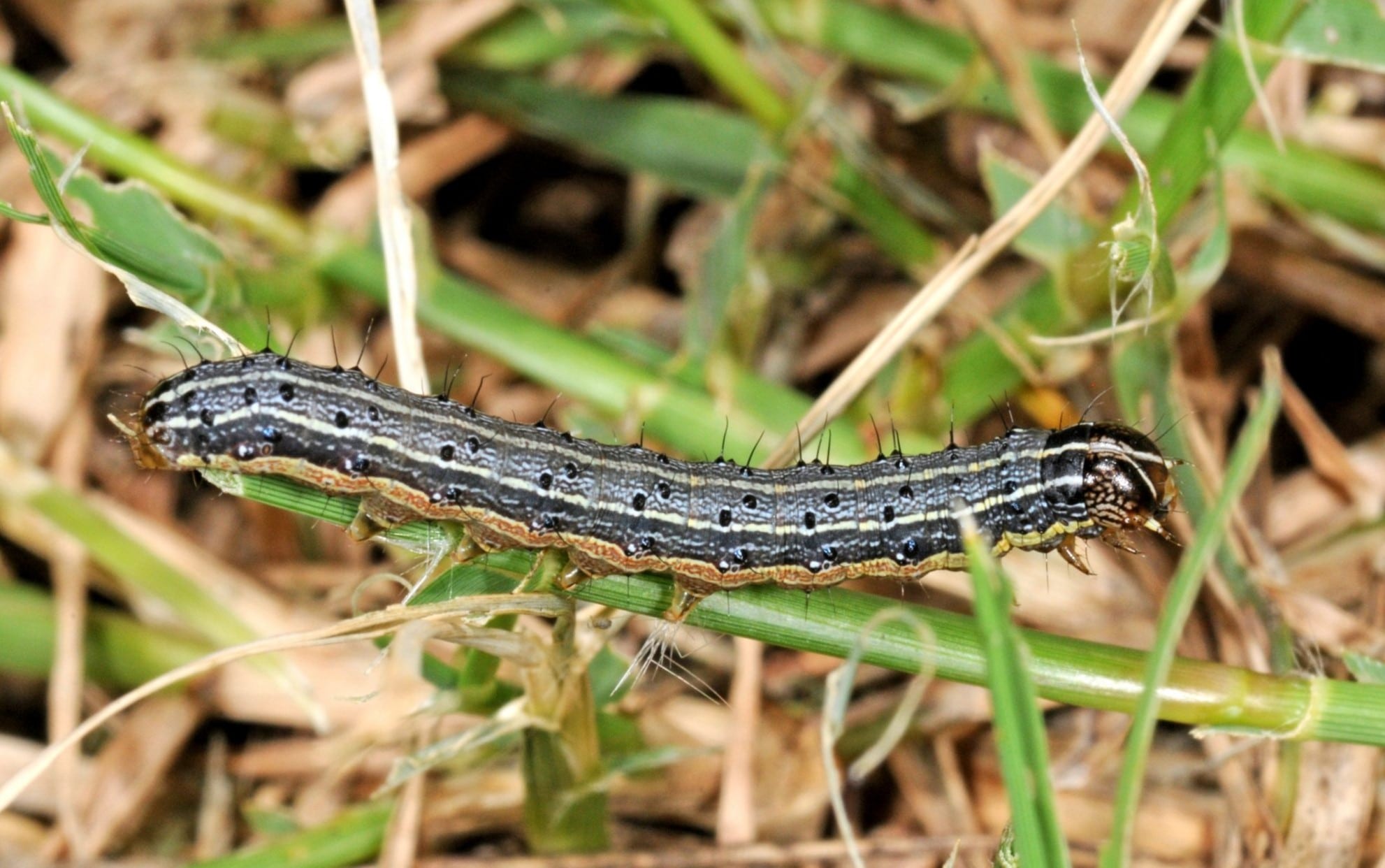
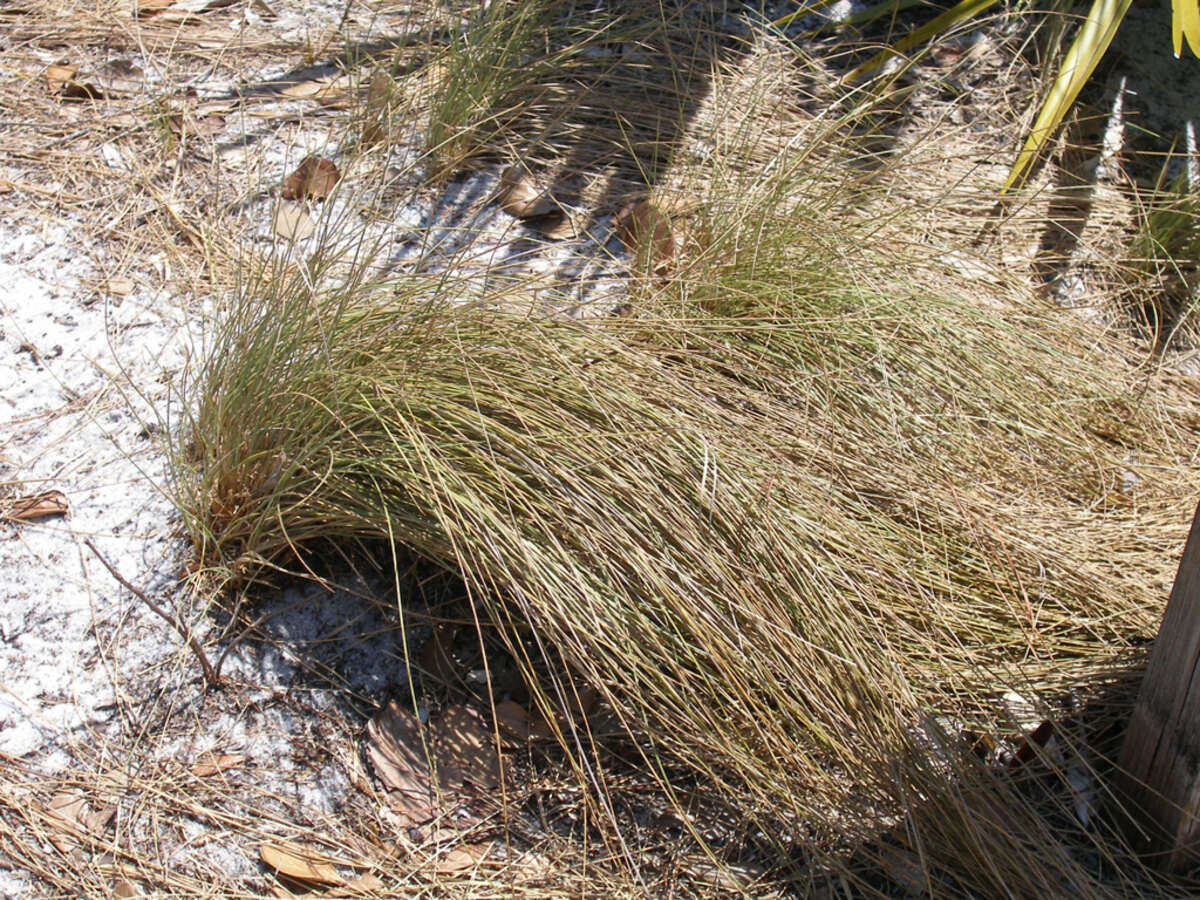
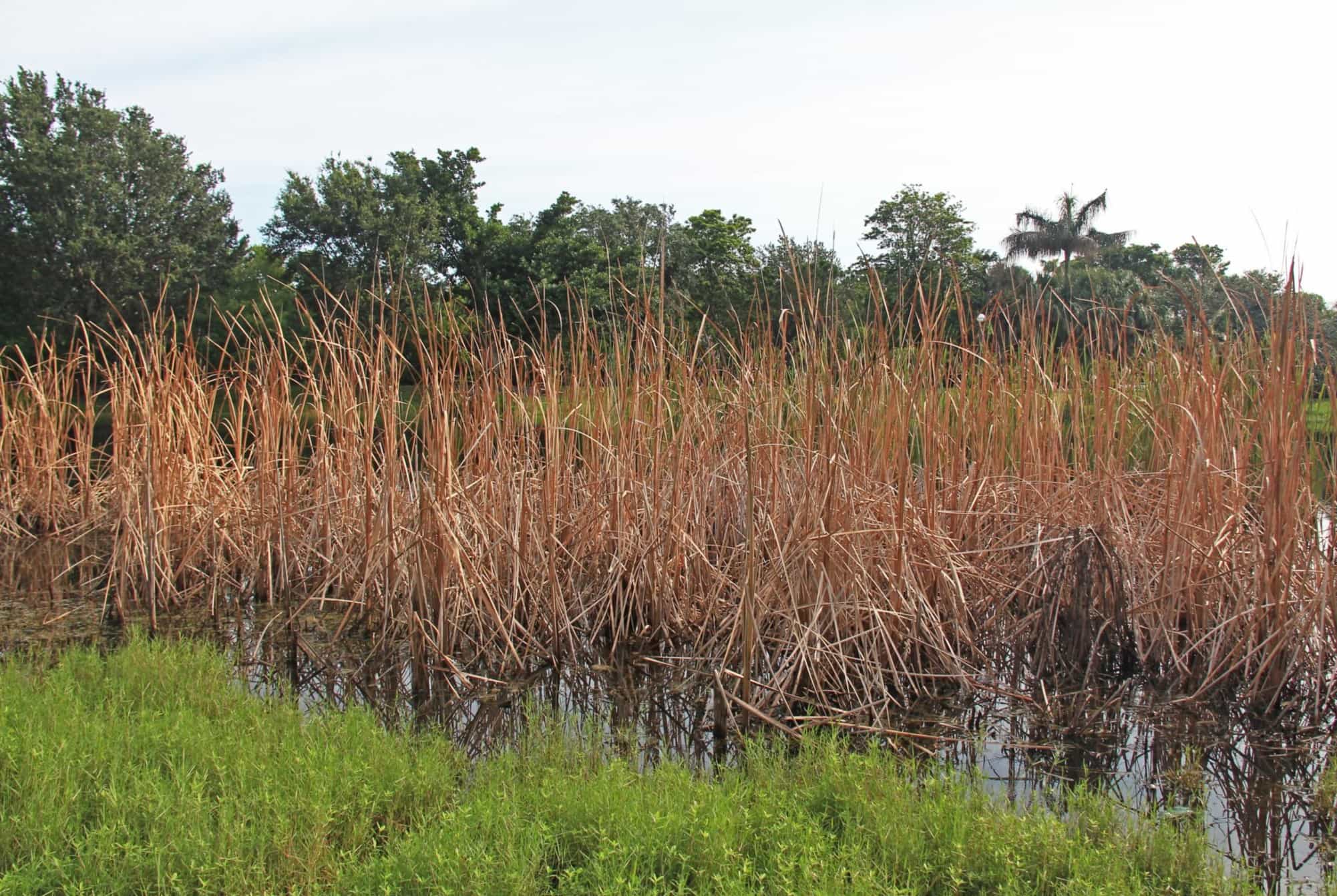

0 thoughts on “How To Get Rid Of Thick Clumps Of Grass”